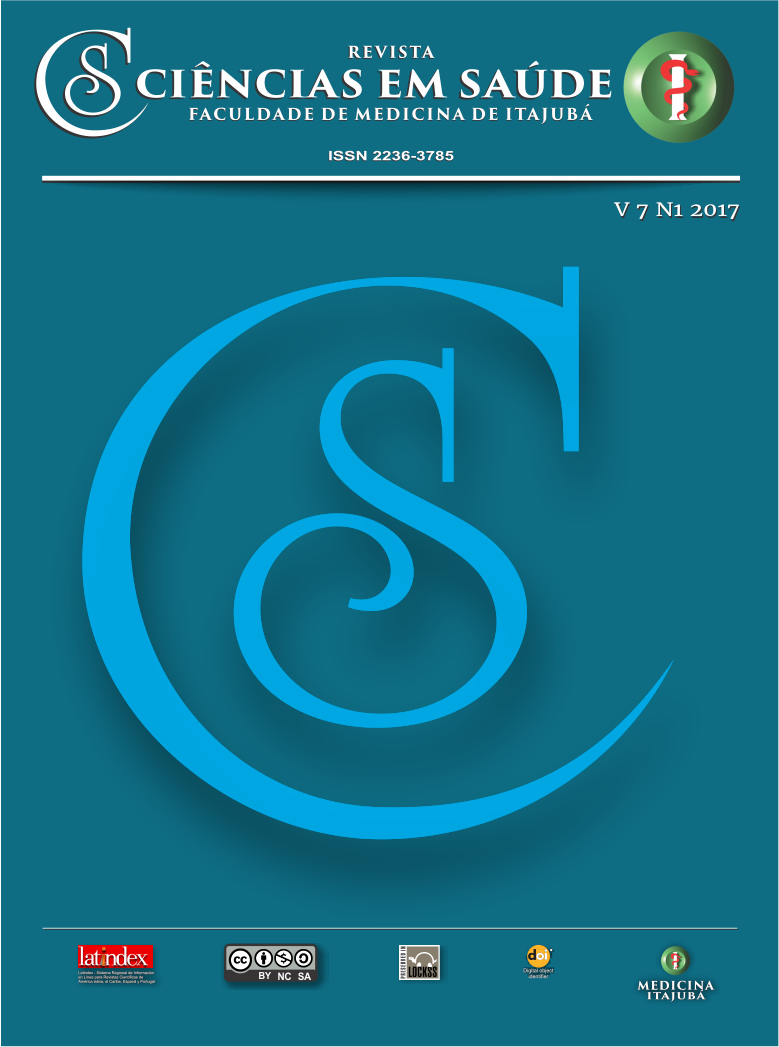Dor articular: inflamatória ou neuropática? / Joint pain: inflammatory or neuropathic pain?
Main Article Content
Abstract
Neste artigo de revisão narrativa atualizam-se alguns conceitos de dor articular. A prevalência da dor articular aumenta com o avanço da idade, assim como os custos no tratamento das limitações e incapacidades. Compreender as diferenças entre dor aguda e dor crônica permite melhor abordagem das dores articulares, onde a primeira representa um sinal de alerta e a segunda é considerada uma patologia em si. As causas da cronificação da dor ainda são incertas, porém, alguns modelos são propostos e discutidos, como a sensibilização central por excesso de informação nociceptiva, seja esta de origem inflamatória, traumática ou outra. Em dores crônicas inflamatórias - como nas Artrites reumatoides – destaca-se a importância de iniciar o tratamento precoce de forma agressiva para inibir o processo inflamatório e as deformidades estruturais. Osteoartrites, embora sejam predominantemente descritas por suas alterações degenerativas nas articulações, têm atualmente reconhecida sua fase inflamatória inicial. A dor articular tende a ser abordada predominantemente sob o ponto de vista biomecânico e inflamatório, contudo, a ausência da abordagem do componente neuropática da dor crônica, nas fases iniciais, é uma das causas de elevados custos e de grandes deformidades articulares. Finalmente aborda-se a importância do movimento e da educação do paciente com dor articular com base no modelo biopsicossocial de saúde e dor.
Palavras-chave: Dor articular; Artrite reumatoide; Osteoartrite; Dor inflamatória e neuropática
ABSTRACT
This article is a joint pain update. Prevalence rates, incapacity, and social and economic burden of joint pain increase with the advancing age. Understanding differences about acute and chronic pain could improve therapeutic approaches. Negligence early treatment of acute joint pain can increase costs of treatment and joint deformities. Rheumatoid arthritis guidelines propose an aggressive initial approach of treatment with the aim to protect joint structure from inflammation and deformity. In addition to inflammatory joint pain, the neuropathic pain was also explained; central sensitization and neuropathic pain associated to joint pain. Finally, the importance of motion and education of patients with chronic pain were addressed following the pain and health biopsychosocial model.
Keywords: Joint pain; Rheumatoid arthritis; Osteoarthritis; Inflammatory and neuropathic pain
Article Details
Authors maintain copyright and grant the HSJ the right to first publication. From 2024, the publications wiil be licensed under Attribution 4.0 International 
 , allowing their sharing, recognizing the authorship and initial publication in this journal.
, allowing their sharing, recognizing the authorship and initial publication in this journal.
Authors are authorized to assume additional contracts separately for the non-exclusive distribution of the version of the work published in this journal (e.g., publishing in an institutional repository or as a book chapter), with acknowledgment of authorship and initial publication in this journal.
Authors are encouraged to publish and distribute their work online (e.g., in institutional repositories or on their personal page) at any point after the editorial process.
Also, the AUTHOR is informed and consents that the HSJ can incorporate his article into existing or future scientific databases and indexers, under the conditions defined by the latter at all times, which will involve, at least, the possibility that the holders of these databases can perform the following actions on the article.
